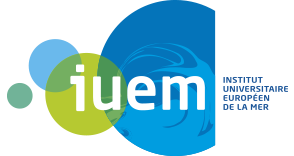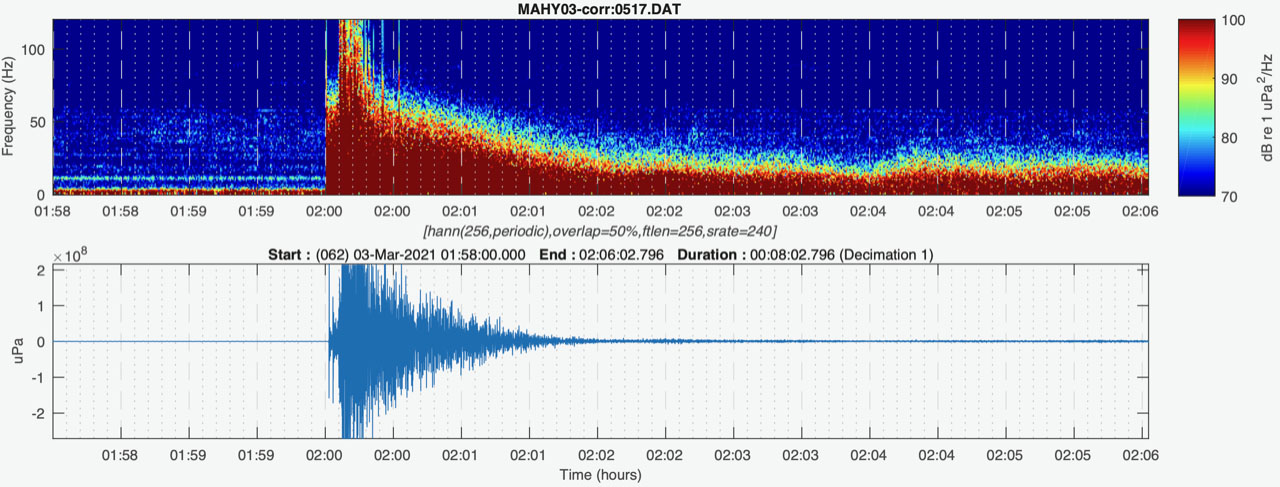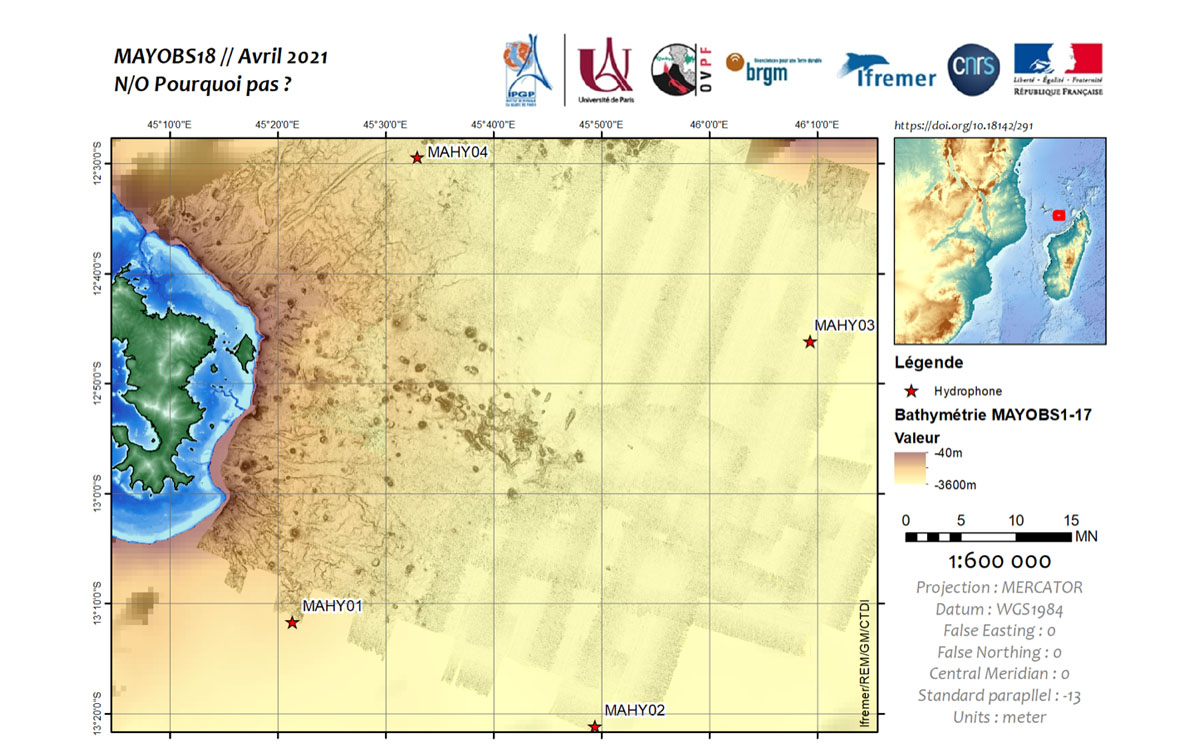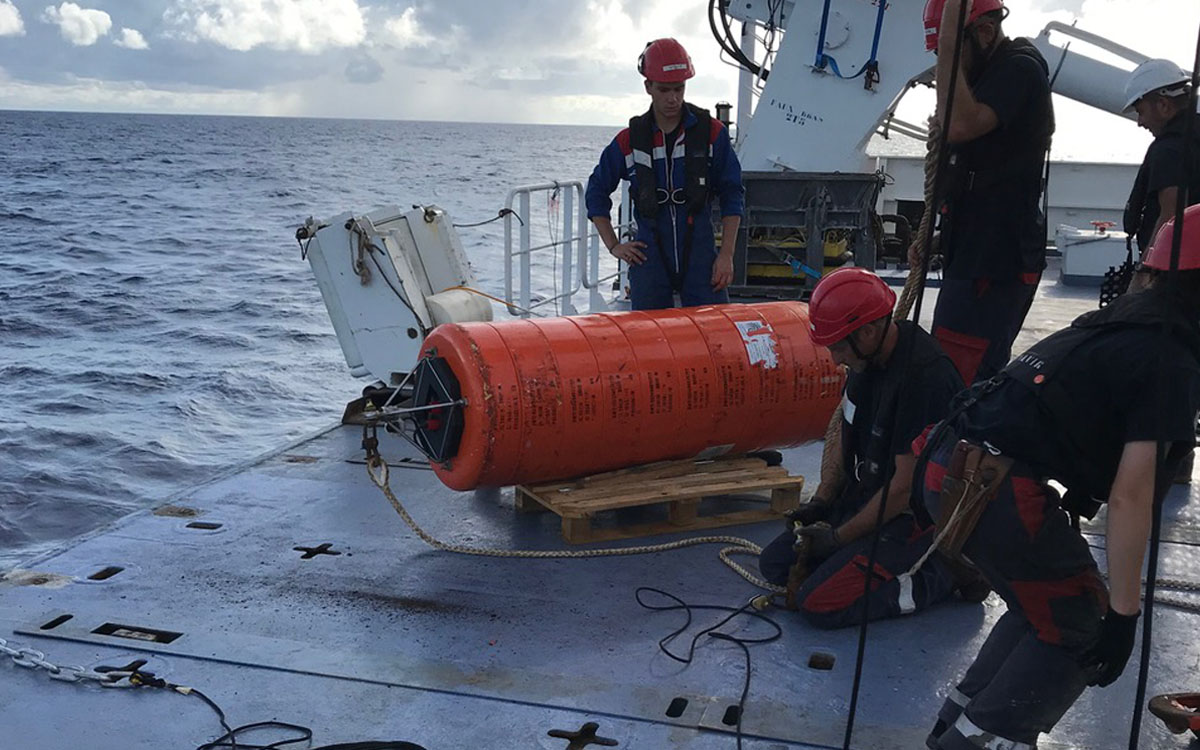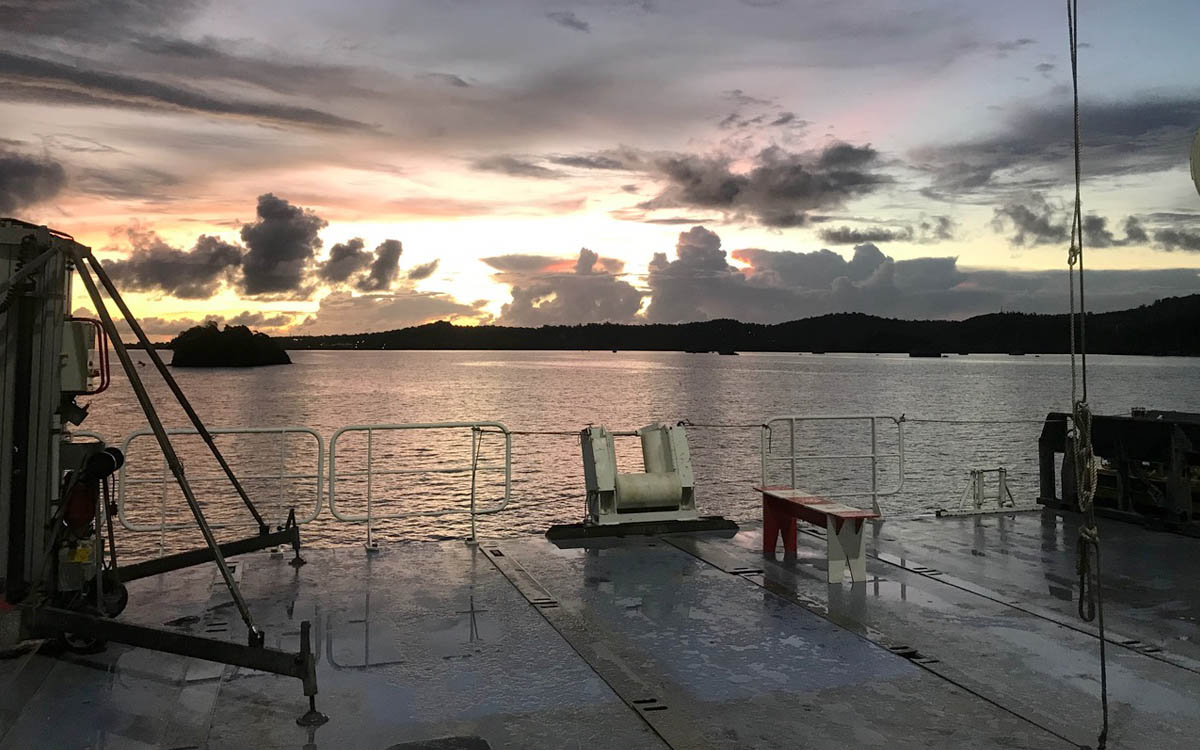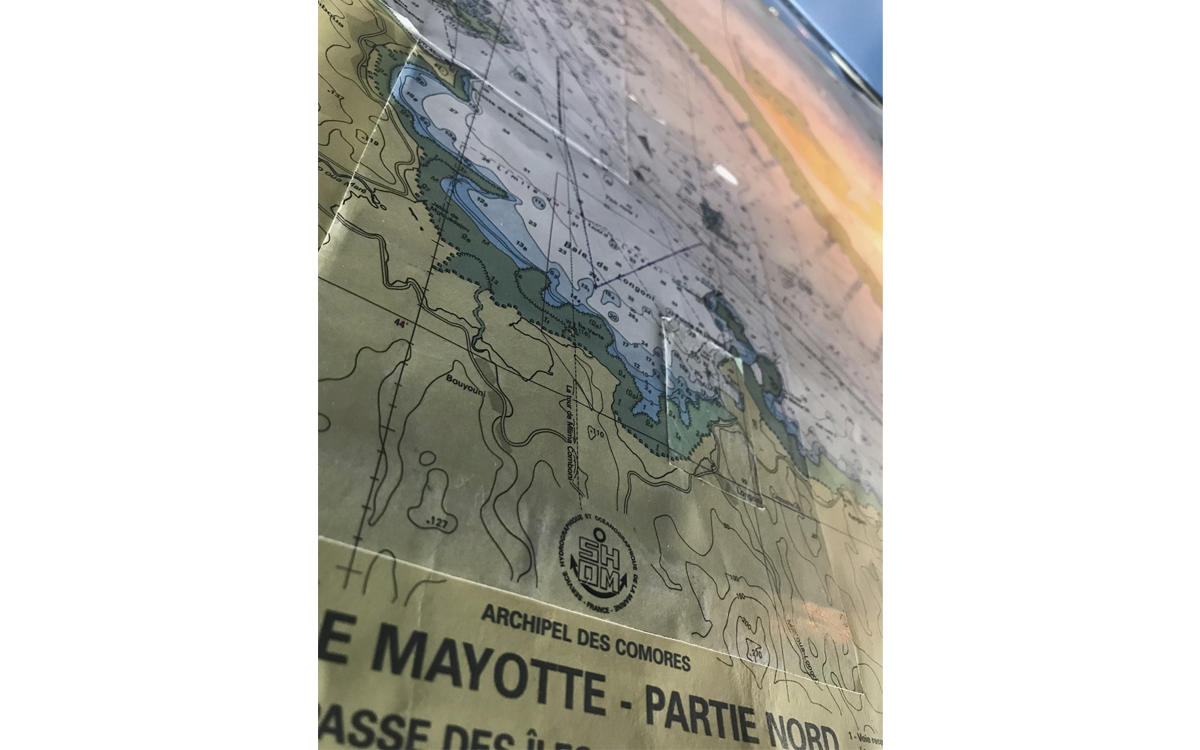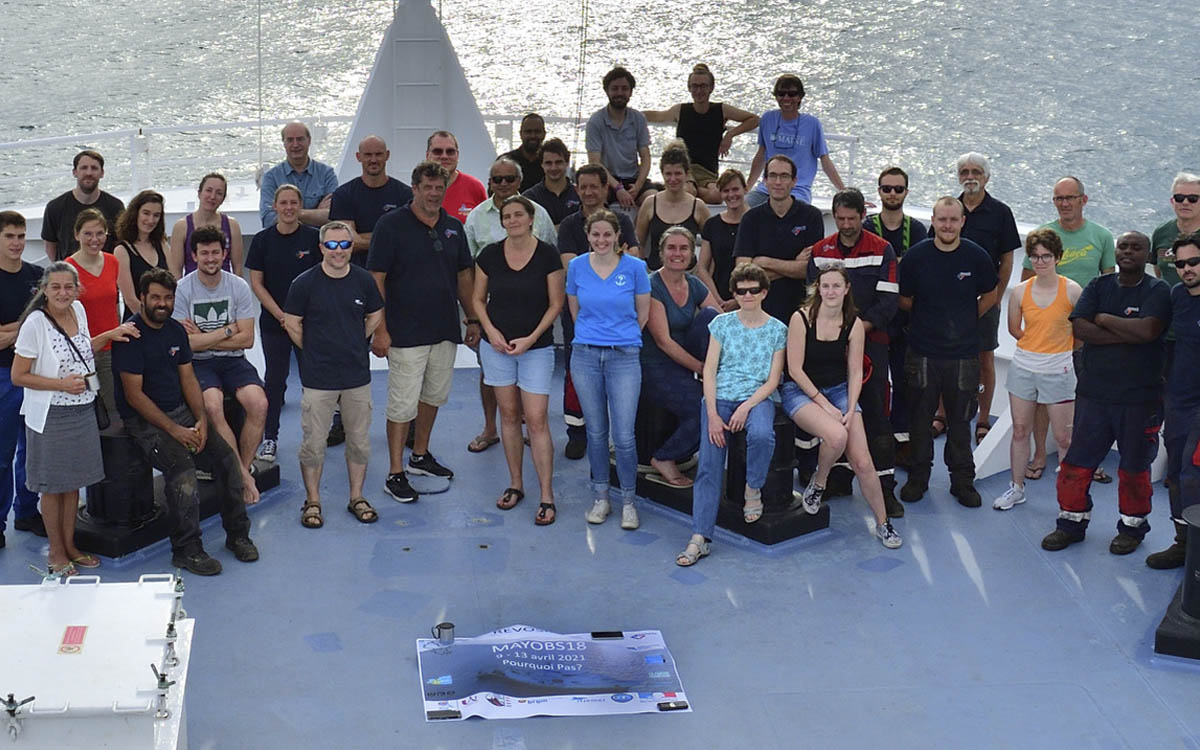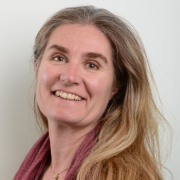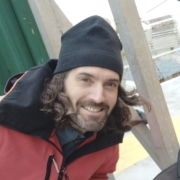Observation series
The MAHY observation series
In 2019, a new underwater volcano was discovered at a depth of 3500 m, 50 km east of the island of Mayotte in the northern part of the Mozambique Channel. The RÉseau de surveillance VOlcanologique et SIsmologique de MAyotte (REVOSIMA) was set up to monitor the underwater activity of this new volcano as well as the intense seismic crisis that started in May 2018 and is still ongoing. In this context, four moorings equipped with hydrophones were deployed in October 2020 around the volcano, at the depth of the SOFAR channel. The objective is, among others, to record the sounds generated by underwater volcanic activity, in particular by the eruption of lava flows. Several sources of hydroacoustic waves were identified during the first year of listening: earthquakes, underwater landslides, calls from marine mammals of different species and anthropogenic noise. Among these sounds, impulse signals have caught our attention. We associate them with the interaction between lava and seawater during the outpouring of volcanic flows.
Partners
Le REseau de surveillance VOlcanologique et SIsmologique de MAyotte, known as REVOSIMA, is operated by the Institut de Physique du Globe de Paris in partnership with BRGM; it is under the responsibility of the Piton de la Fournaise Volcanological Observatory (OVPF-IPGP) and BRGM’s regional office in Mayotte. The data of this monitoring network are produced by a large consortium of French scientific partners (Ifremer, CNRS, IPGP, BRGM, IPGS, IGN, ENS, SHOM, Météo France, CNES, ISTerre, UCA, University of La Réunion, IRD, ULR, IUEM/UBO); it is financed by the State (Ministry of Higher Education, Research and Innovation, Ministry of Ecological and Solidarity Transition, Ministry of the Interior, Ministry of Overseas Territories) The hydrophones deployed were financed by the State-Region “Ocean Observation” project contracts (CPER ODO and O3DO) and the EQUIPEX MARMOR.
The site
In October 2020, during the MAYOBS15 campaign, IUEM deployed 4 hydrophones immersed in the SOFAR channel (a layer of water at low sound speed around 1300m depth that guides acoustic waves). This network, named MAHY, forms a quadrilateral of about 70km sides, centred 50km around the new volcano. Its purpose is to record the sounds associated with volcanic flows and explosions. A first rotation of the hydrophones in April 2021 (MAYOBS18) on board the N/O Pourquoi Pas? allowed the collection of the first 6 months of recordings. Other rotations in October 2021 (MAYOBS21), in july 2022 (MAYOBS23), in september 2023 (MAYOBS25) on board the N/O Marion Dufresne allowed to collect the following data. The next rotation will take place in September 2024 (MAYOBS30).
Monitoring
The recordings from the 4 hydrophones (continuous acoustic recordings with 250Hz sampling) make it possible to characterize and monitor the evolution of low-frequency ambient ocean noise, generated by seismic and volcanic activity, but also notably that generated by large marine mammals or ships. An inventory of the types of hydroacoustic signals detected is underway. Initial analyses show that impulse hydroacoustic signals are associated with the eruptive flow to the northwest of the volcano, filmed in October 2020 (Bazin et al., 2022). In addition, sounds associated with whales are being analysed by ENSTA-Bretagne.
MAHY
In pictures
The team | Contacts
Contributions outside IUEM
- Flavie Dubost (ENSTA-Bretagne)
- Maëlle Torterotot (ENSTA-Bretagne)
- Flore Samaran (ENSTA-Bretagne)
- Audrey Gonzalez (Intechmer)
- Aude Lavayssière (IPGP puis IUEM)
- Richard Dréo (IPGP)
